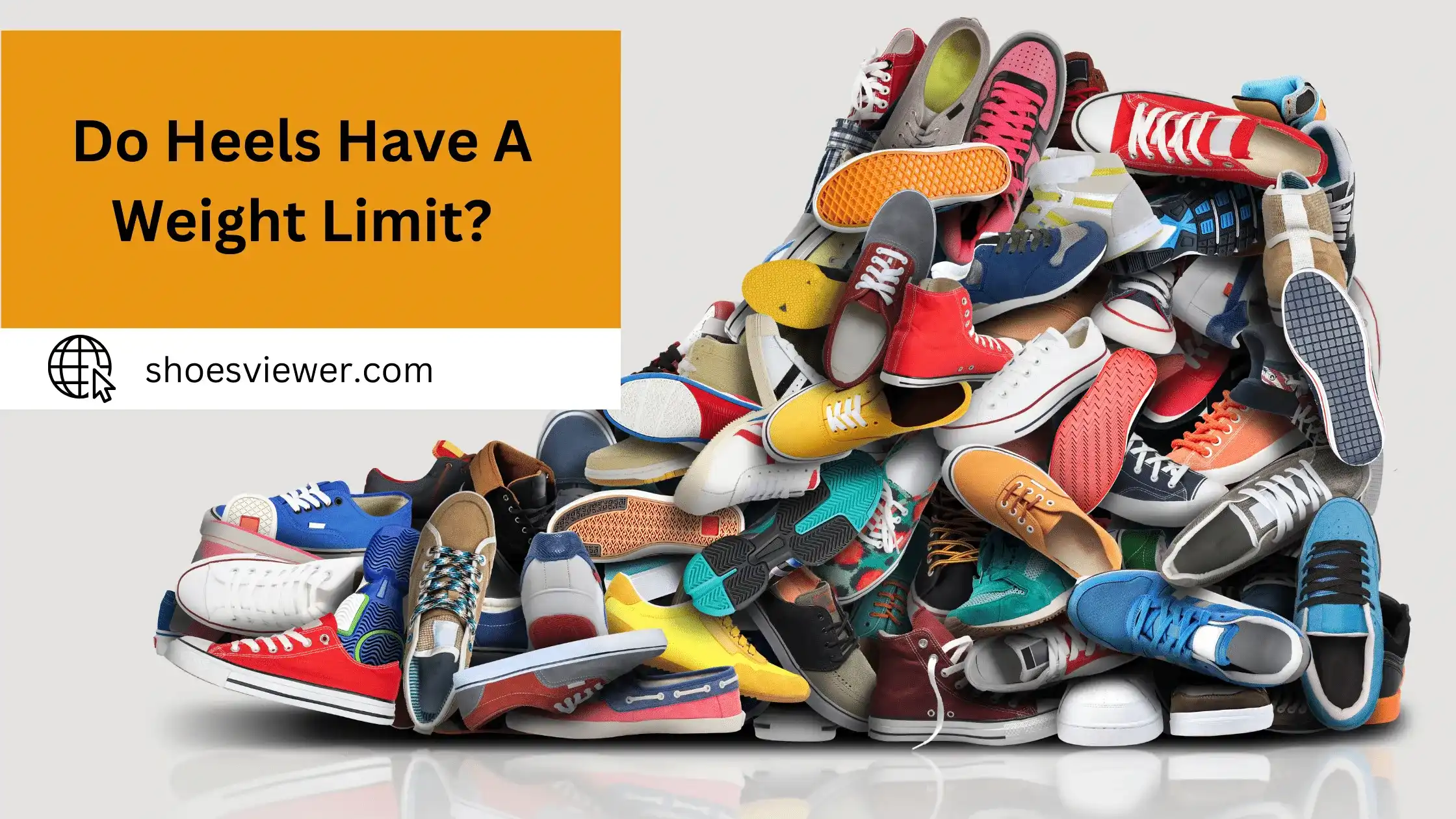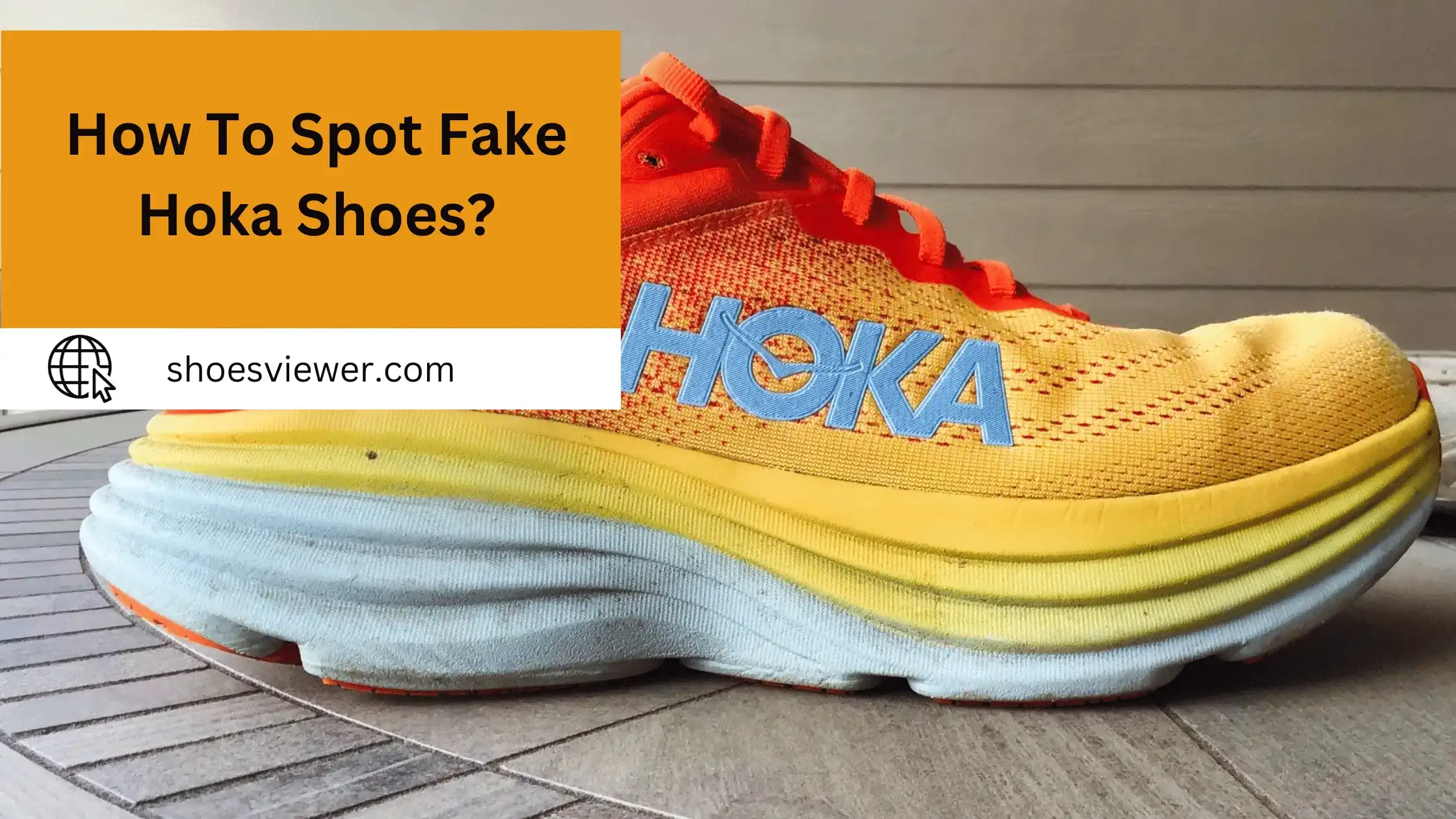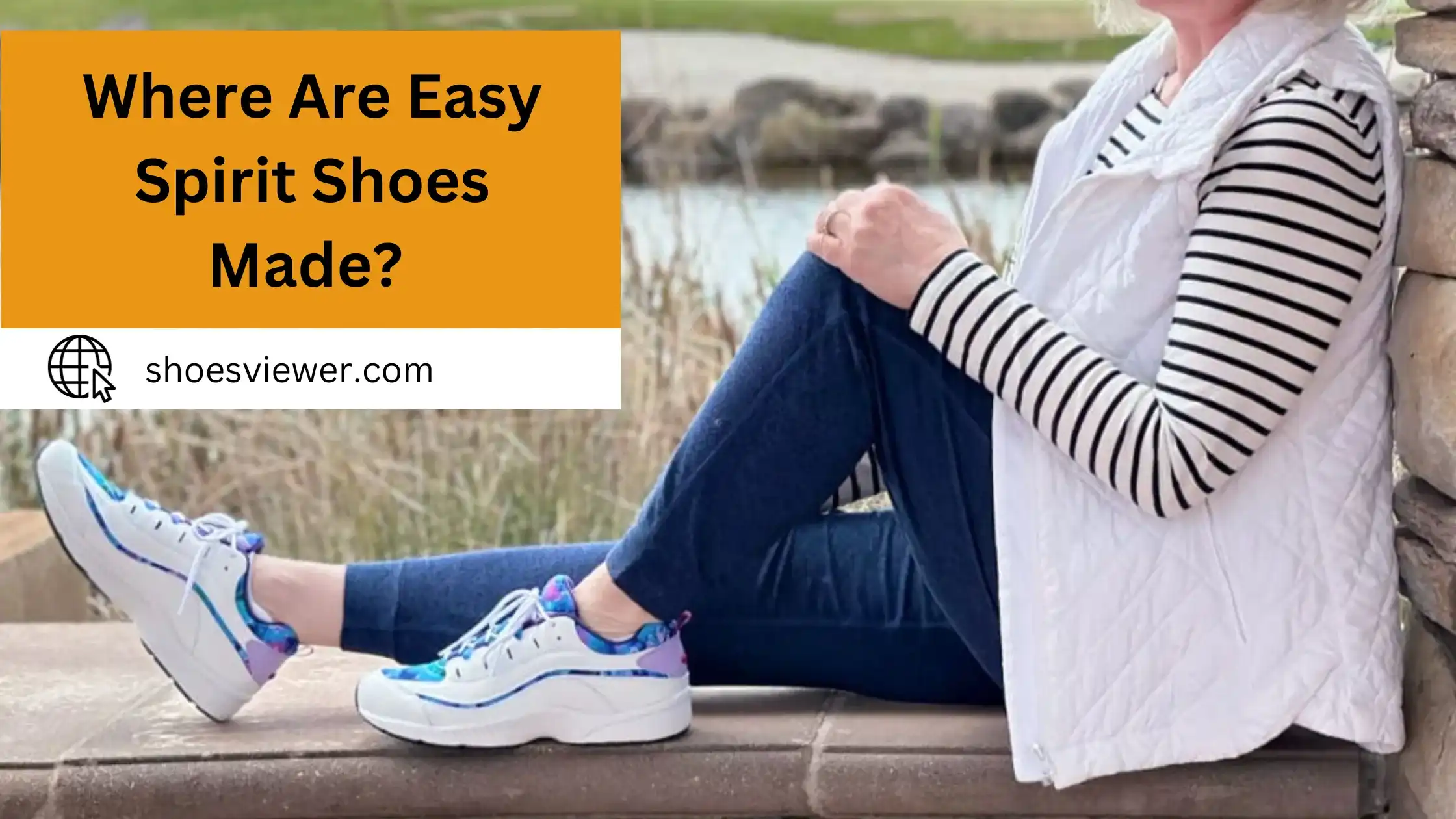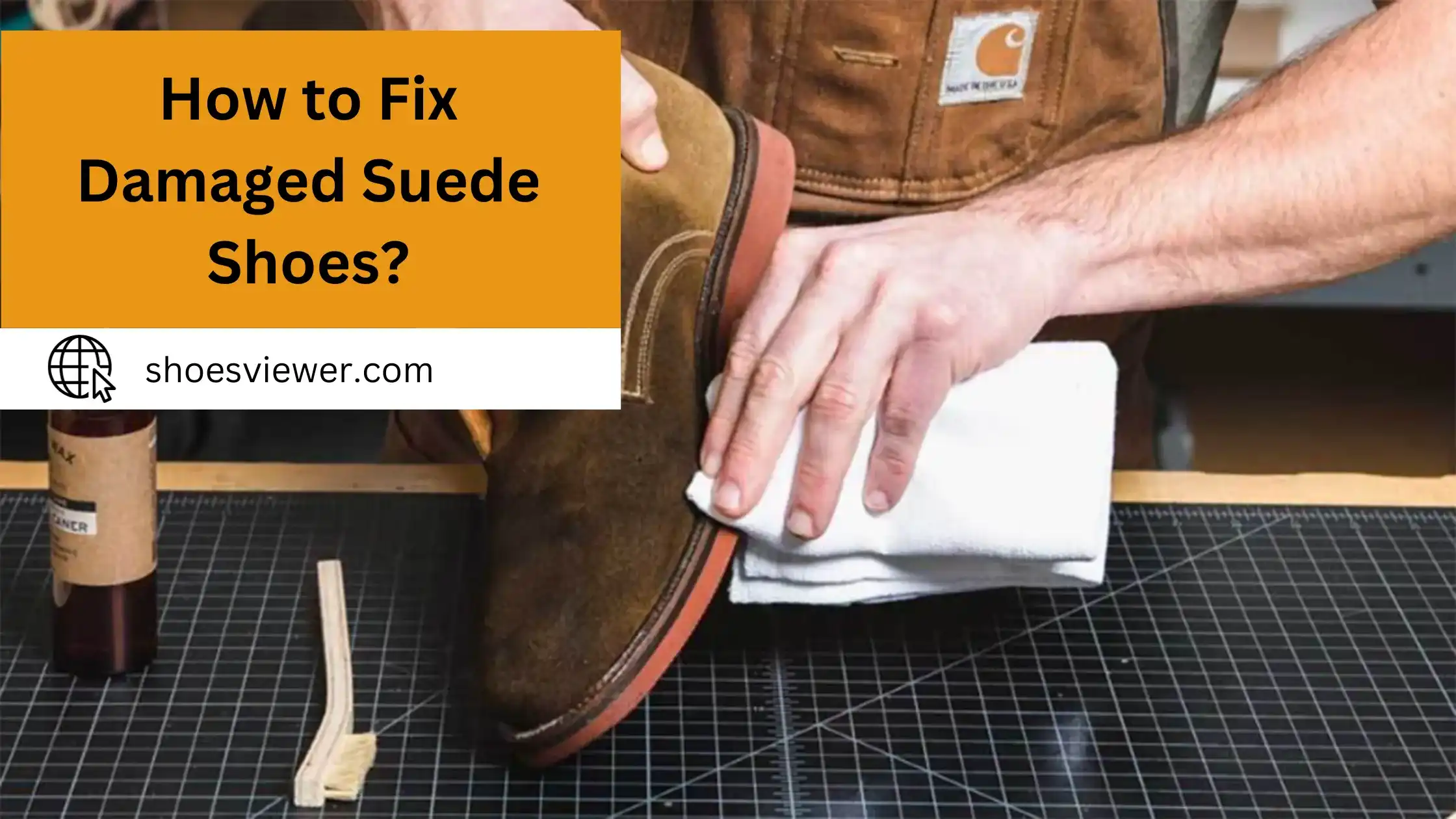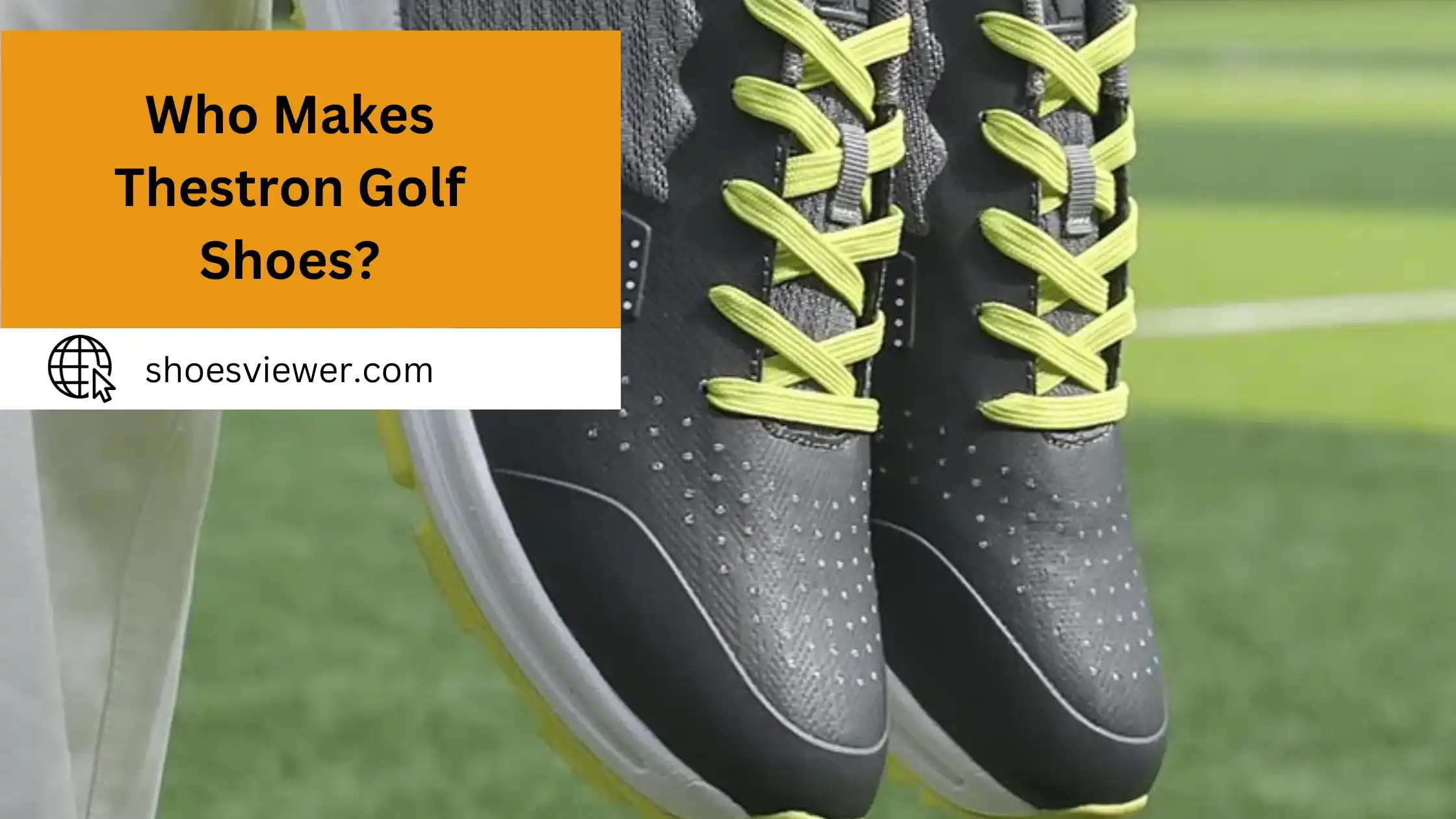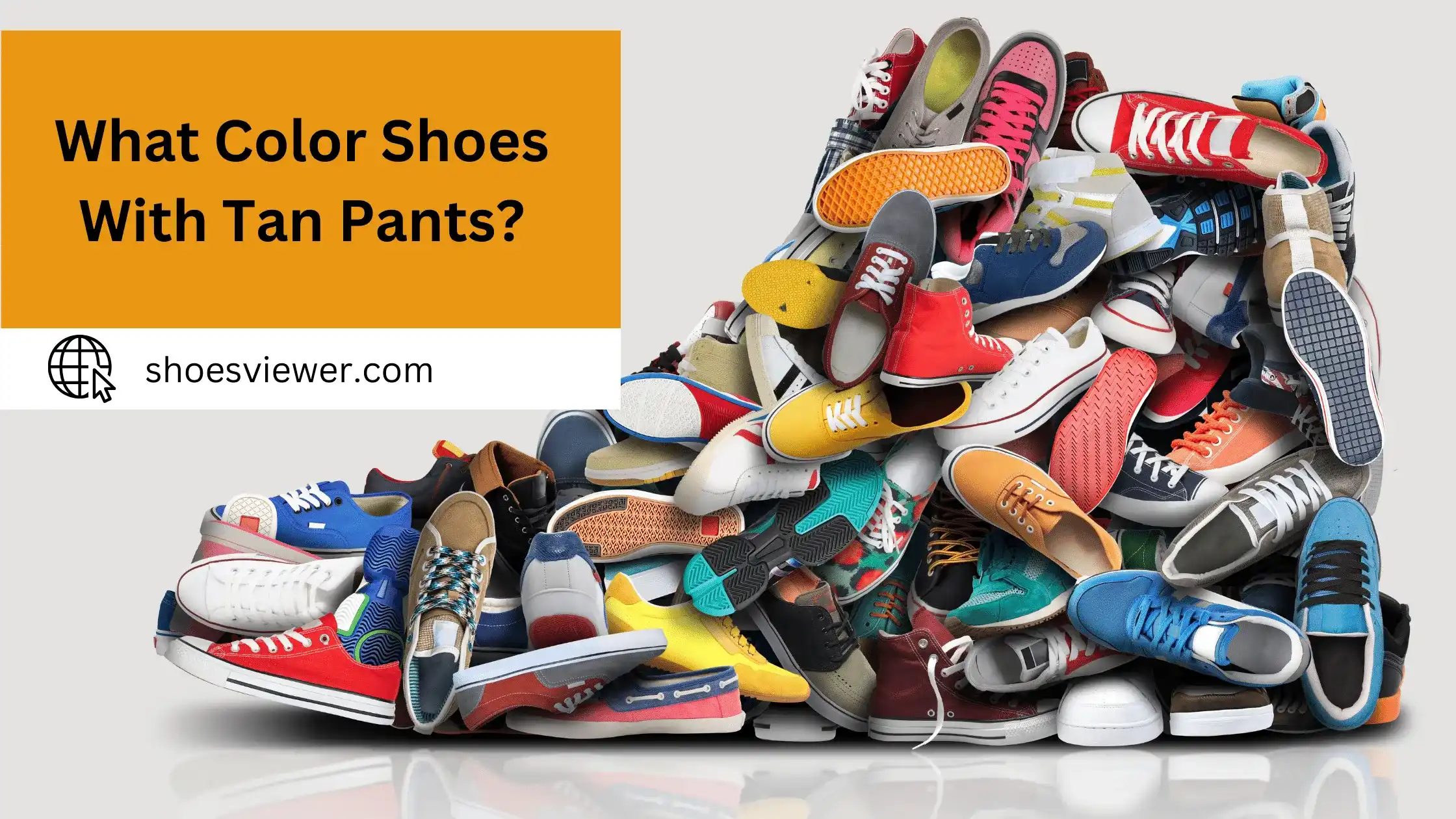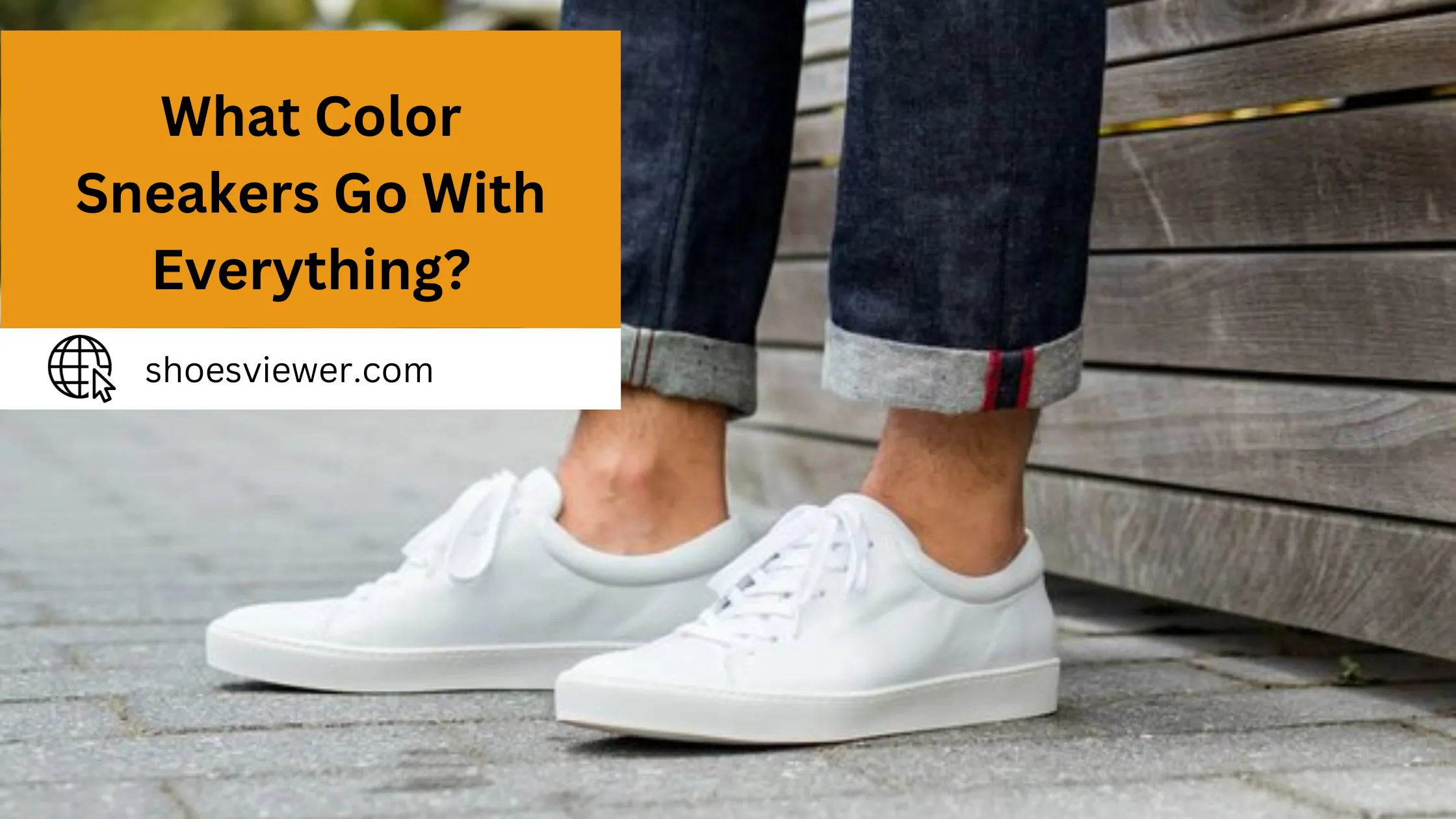When it comes to fashion, few pieces can have the same significance and intrigue as a classic pair of heels. These shoes not only make your outfit look complete but they can often be seen as a symbol of strength. With the rise in plus-size models and diversity in fashion, this is an important question to consider if traditional heel designs strong enough for all women, regardless of their size.
Here, we will explore this topic by taking into account both aesthetic considerations and engineering features to see if there is indeed a weight limit when it comes to wearing high heels. Understanding the weight limits of heels is a critical but often overlooked aspect of selecting the right footwear. While heels may not come with a specified weight limit, their construction, material, and design all contribute to how much weight they can effectively and safely bear.
The Science Behind Heels and Weight Limits:
The science behind these weight limits incorporates various factors, such as material science, mechanical leverage, and pressure distribution. Different materials like wood, plastic, or metal have their own tensile strengths and weight-bearing capacities. The height and type of the heel also influence how much weight the shoe can bear.
Pressure distribution also plays a role; platform heels tend to distribute weight more evenly than stilettos, potentially allowing for a greater weight limit. Moreover, the shoe’s design can offer arch support, which may alleviate some weight from the heel, while the quality of its construction, including fastenings and joints, will also impact its weight-bearing capacity.
Knowing your own foot anatomy can help you select a heel that distributes weight most effectively for you. Therefore, understanding the weight limits of heels is vital for both your immediate comfort and long-term health.
What are the Factors that Influence the Weight Limit of Heels?
Material:
Steel or Metal: When it comes to durability and tensile strength, steel or other metals reign supreme. They can bear a lot more weight compared to other materials, making them ideal for people concerned about weight limits.
Wood: Wooden heels offer a rustic aesthetic and can be quite sturdy. However, wood is susceptible to water damage and wear over time.
Plastic or Acrylic: These materials are often found in more affordable options but are less durable in the long term. They are more likely to crack under pressure and therefore have a lower weight limit.
Heel Design:
Surface Area: A larger surface area, as found in wedges or block heels, allows for better weight distribution, thereby increasing weight-bearing capacity.
Geometry: The angle at which the heel meets the shoe and the ground also plays a role. An acute angle can put more pressure on the heel, thereby reducing its weight-bearing capacity.
Construction:
Attachment Method: A heel that is screwed in will generally provide more stability and durability compared to one that is glued.
Internal Support: Some high-end heels come with an internal structure made of metal or hard plastic that further boosts their weight-bearing capabilities.
Height and Thickness:
Height: Generally, the taller the heel, the less weight it can sustain. Height increases the leverage force on the heel, making it more prone to breakage.
Sole Thickness: A thicker sole can help in more even weight distribution.
The Impact of Weight on Different Types of Heels:
Stilettos:
Stilettos are iconic but are particularly vulnerable to weight-induced stresses. Because they channel the wearer’s entire weight onto a pencil-thin area, the material and construction need to be top-notch to withstand pressure. The higher the heel, the greater the stress, leading to faster wear and tear.
Wedges:
These heels have a broader base that touches the ground, providing significantly better weight distribution. This design offers a safer and more comfortable option for those who are concerned about weight limitations.
Kitten Heels:
Kitten heels are a middle ground, offering a little lift without the drastic height of stilettos. Their shorter, often thicker build makes them a more practical option. Kitten heels have become increasingly popular as a stylish yet comfortable alternative. Recent innovations include the use of gel and foam insoles to further enhance comfort and support.
Block Heels:
With their thicker heels, block heels provide more surface area for weight distribution, making them more robust and better suited for higher weight limits. These heels are often the go-to for day-long events or situations where comfort is crucial. They offer the added benefit of being less likely to sink into grass or softer ground, making them popular choices for outdoor events.
Guidelines for Choosing the Right Heel Type Based on Weight:
Research and Reviews:
Online research, including customer reviews, can give you valuable insights into a heel’s performance and limitations. You can find anecdotal evidence about durability and comfort, helping you make an informed decision.
Consult Manufacturers:
Don’t hesitate to reach out to brands or manufacturers. They can provide information about the stress tests they’ve conducted and the corresponding weight limits.
Practicality Over Style:
If you’re concerned about weight, prioritize practical features like a broader heel base and durable material over purely aesthetic factors.
In-Store Trials:
Always try on heels in the store and walk around a bit. Initial comfort and stability are good indicators of long-term wearability.
Tips for Wearing Heels If You’re Worried About Weight Limits:
- A few pairs of high-quality, well-constructed heels are a better investment than several pairs of cheap heels that might not be as durable.
- Limit the time you spend in heels. Extended wear can not only be uncomfortable but can also exert excessive stress on the heel.
- Routinely inspect your heels for signs of wear and tear. This includes the heel tip, which can be replaced to extend the life of the shoe.
- Consider using insoles or inserts specifically designed for high heels. These can redistribute weight and provide added comfort.
- Rotating between different types of footwear can reduce the stress and wear on individual pairs, making each pair last longer.
- If you have concerns about weight and its impact on your footwear, a consultation with a podiatrist can offer tailored advice.
Conclusion:
In conclusion, from the engineering principles of material science, mechanical leverage, and pressure distribution, to practical aspects like heel height and design each element plays a role in the shoe’s weight-bearing capacity. When choosing heels, especially if you’re concerned about weight limits, it’s crucial to consider durability, comfort, and long-term health effects.
By adopting a holistic approach that combines scientific understanding with practical guidelines, you can choose heels that not only match your style but also meet your needs for comfort and safety. And remember, if in doubt, consulting a podiatrist can provide you with tailored advice on the best types of heels for you.
